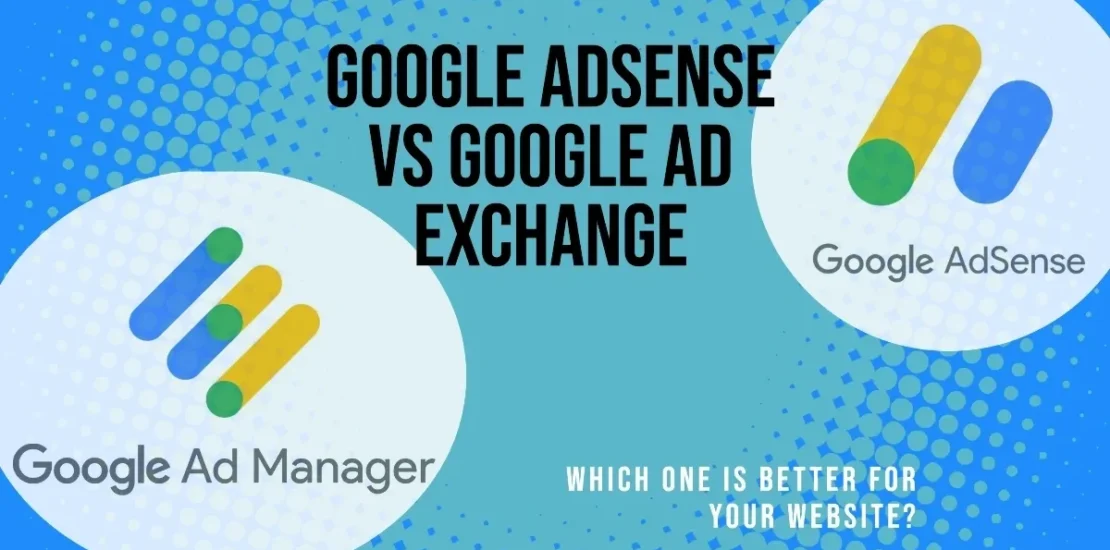Google Ad Exchange VS Google AdSense: A Simplified Guide
- January 24, 2025
- Posted by: Singhanio Sumeet
- Category: Google Ad Exchange

Welcome to our breakdown of two digital advertising behemoths: Google Ad Exchange and Google AdSense. If you’re trying to navigate the world of online advertising, understanding these platforms is crucial. Let’s dive in to demystify them and help you make an informed choice for your digital marketing needs.
Understanding the Basics:
Google AdSense: Launched in June 2003, AdSense serves as Google’s entry-level contextual advertising product. It operates on contextual targeting, meaning it displays ads based on the content of the webpage. This system ensures that ads shown are relevant to what the user is viewing. AdSense primarily pays publishers based on clicks, making it ideal for websites with high click-through rates (CTRs).
Google Ad Exchange: Introduced later than AdSense, Ad Exchange is Google’s real-time bidding product. Think of it as a stock market for ads, where auctions happen in milliseconds. Ad Exchange allows advertisers to bid for ad space in real-time, with the highest bidder’s ad being displayed. Unlike AdSense, Ad Exchange pays publishers based on CPM (cost per thousand impressions), making it suitable for websites with high traffic volumes.
Key Differences:
.png/:/cr=t:0%25,l:0%25,w:100%25,h:100%25/rs=w:1280)
Approval Process:
Google AdSense: Approval is relatively easy with good-quality content and a website that is at least 3 to 6 months old.
Google Ad Exchange: Requires higher traffic thresholds, typically around 50k page views for initial approval. Further access (via MA or MI accounts) and owning an Ad Exchange account directly are more complex and invite-based.
Revenue Sharing and Payment Terms:
Google AdSense: Publishers pay a revenue share of 32% to Google, with payment primarily based on clicks.
Google Ad Exchange: Offers a fixed revenue share of 20% for open auctions and around 10% for private deals. Payment is based on CPM.
Conclusion:
While both AdSense and Ad Exchange serve their purposes in the digital advertising landscape, choosing the right one depends on your website’s traffic, revenue goals, and content focus. AdSense is ideal for beginners and low-traffic sites, offering easy approval and a straightforward setup. On the other hand, Ad Exchange provides higher revenue potential and real-time bidding capabilities, making it suitable for high-traffic websites with established audiences.
In conclusion, understanding the nuances of these platforms and conducting A/B experiments tailored to your website’s needs will help you maximize your revenue potential in the ever-evolving digital advertising space.
Visit: ElseandIf Website
Contact us at the consulting ElseandIf office nearest to you or submit a business inquiry online.
